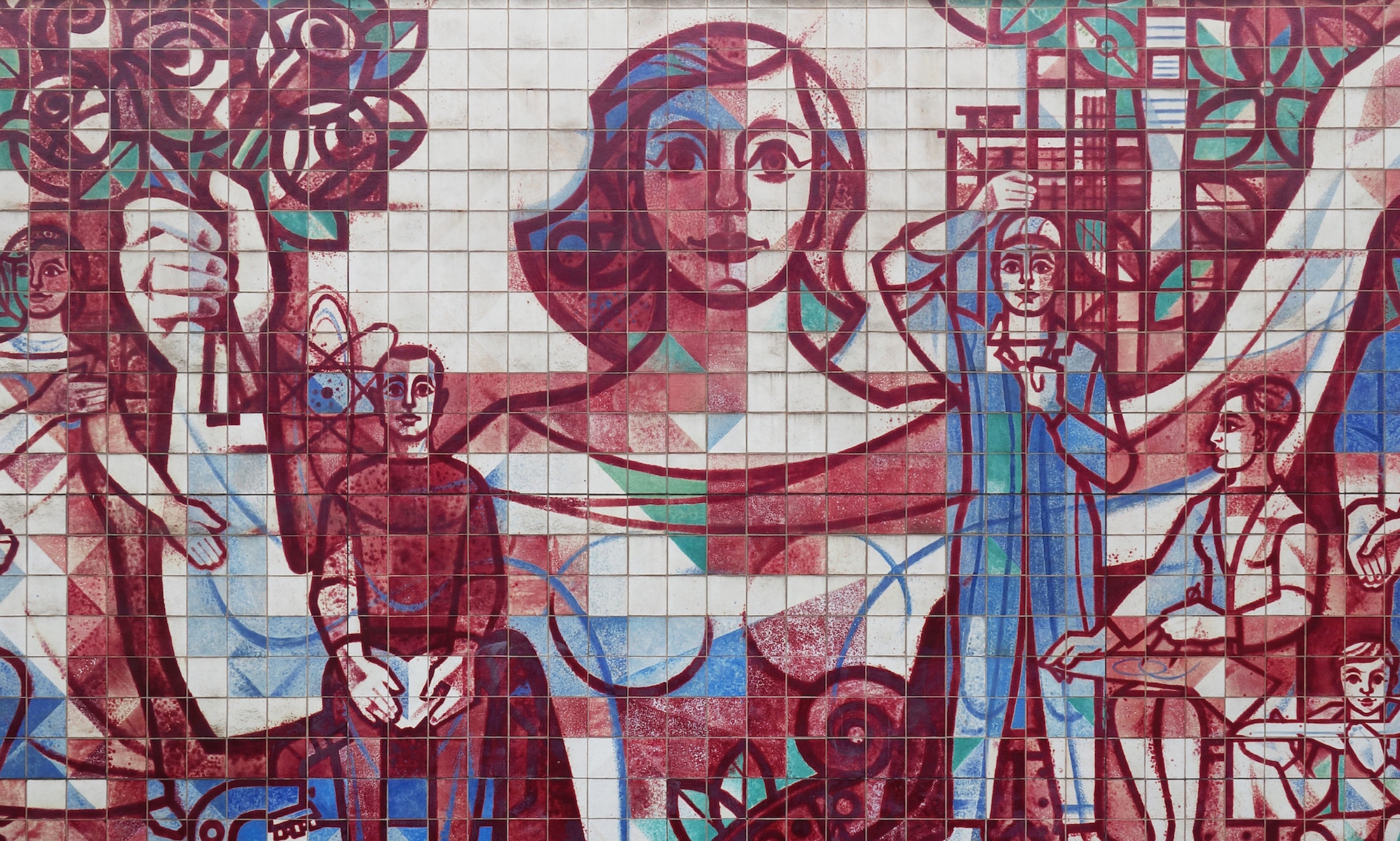 Besides pigeon dung, homelessness is among the top concerns for organizers of the Republican National Convention. Not because they want to solve the homelessness problem, but because it’s going to be right across the street from their convention.
Besides pigeon dung, homelessness is among the top concerns for organizers of the Republican National Convention. Not because they want to solve the homelessness problem, but because it’s going to be right across the street from their convention.
This year’s Republican National Convention is being held at the Xcel Energy Center in St. Paul, Minnesota directly across the street from one of the city’s largest homeless shelters, the Dorothy Day Center. The Center houses about 200 people and is clearly visible from the Convention steps. Continue reading “GOP: Homelessness is Among Top Concerns”

